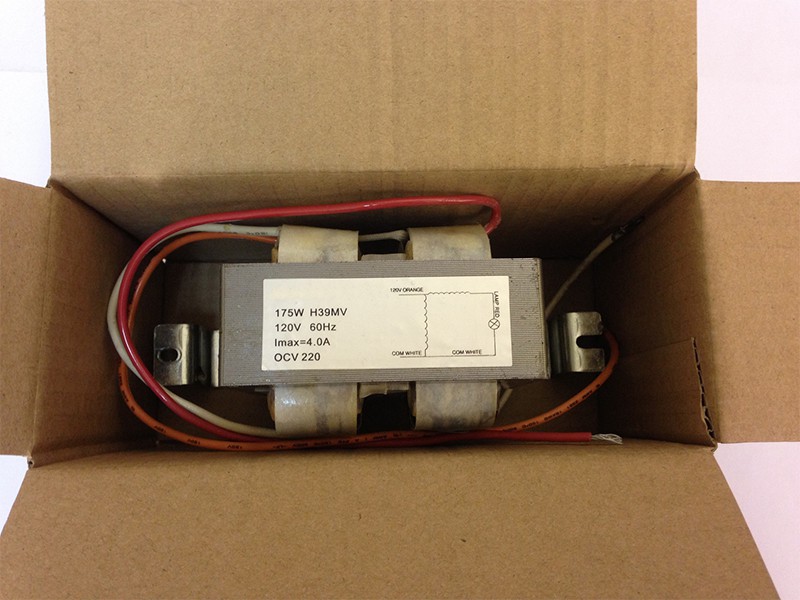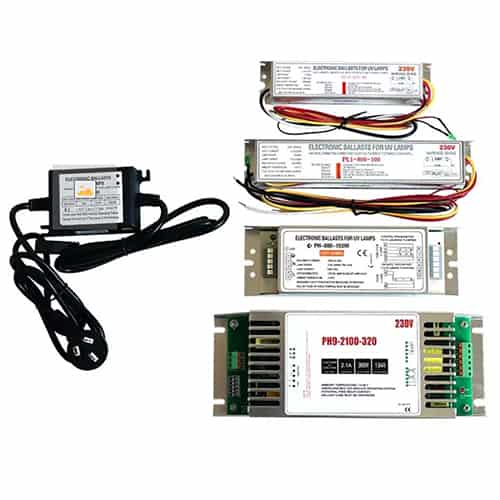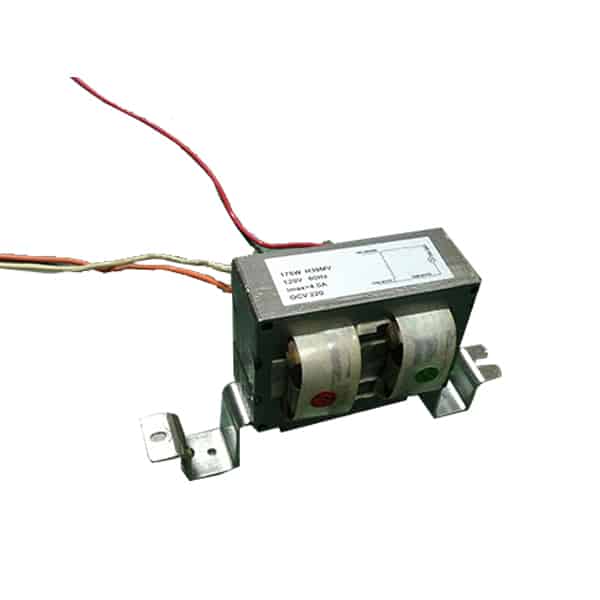If you put an LED in a mercury vapor fixture, you can save energy. Many times, you have to bypass or remove the light ballast. Always check that the LED is compatible with the fixture before making the switch.
Yes, you can put an LED bulb in a mercury vapor fixture. However, you may need to bypass or remove the ballast for the best performance and efficiency.
Let’s look at the differences between LED and mercury vapor lamps, their energy consumption, and how to retrofit your existing fixtures with LEDs.
What is the difference between LED and Mercury Vapour lamp?
LED (Light Emitting Diode) bulbs and mercury vapor lamps differ significantly in terms of technology, efficiency, and light quality. Mercury vapor lamps rely on an electrical arc through vaporized mercury to generate light, which results in a bluish, often harsh light. They are less energy-efficient and contain hazardous materials like mercury, making disposal more challenging.
In contrast, LED lamps use semiconductors to produce light, which is much more energy-efficient and environmentally friendly. LED bulbs offer superior light quality, with customizable color temperatures and higher color rendering, making them suitable for a wide range of applications. Additionally, LEDs have a longer lifespan and lower operating costs compared to mercury vapor lamps.
Do I need to remove the ballast to use an LED bulb?
Yes, in most cases, you need to remove or bypass the ballast when retrofitting a mercury vapor fixture with an LED bulb. LED bulbs operate on a different electrical system than mercury vapor lamps, and the ballast can interfere with the performance of the LED, leading to flickering, reduced lifespan, or even failure of the bulb.
Some LED retrofit kits are designed to work with existing ballasts, but they are less common. To ensure maximum energy efficiency and reliable operation, it’s usually best to bypass or completely remove the lamp ballast when switching to LED bulbs in mercury vapor fixtures.
Do mercury vapor lights use a lot of electricity?
Yes, mercury vapor lights use a significant amount of electricity compared to modern alternatives like LED bulbs. A typical mercury vapor lamp consumes more watts and is less energy-efficient, with much of the power being converted into heat rather than light. For example, a 175W mercury vapor lamp may consume around 200-205 watts when factoring in the ballast.
In comparison, LED bulbs use far less electricity to produce the same amount of light. Retrofitting mercury vapor fixtures with LEDs can result in significant energy savings, as LEDs convert almost all the power they use into light, minimizing waste.
Are mercury vapor bulbs safe?
Mercury vapor bulbs contain mercury, which can be harmful if the bulb is broken or improperly disposed of. If a mercury vapor bulb breaks, it can release toxic mercury vapor, posing health risks to those exposed. Additionally, older mercury vapor lamps emit ultraviolet (UV) radiation, which can be harmful to skin and eyes if used inappropriately.
While modern mercury vapor lamps are designed to minimize UV emissions, the presence of mercury still makes them hazardous. LED bulbs are a safer alternative as they do not contain harmful materials and produce minimal heat or UV radiation.
How many watts is a mercury vapor light?
The wattage of mercury vapor lights typically ranges from 100W to 400W, depending on the application. Common wattages include 175W for outdoor and industrial lighting and 250W or higher for large area illumination. These wattages do not include the power consumed by the MV ballast, which can add an additional 20 to 30 watts to the total system load.
In contrast, LED equivalents can produce the same or better light output using significantly fewer watts, often as low as 50 to 100 watts for the same applications.
What is the life of mercury Vapour lamp?
A mercury vapor lamp generally lasts between 24,000 and 30,000 hours. However, while the lamp may continue to operate for this period, its light output (lumen efficiency) diminishes significantly over time due to lumen depreciation. This means that even though the lamp is still functioning, it will emit less light, making regular replacements necessary for optimal lighting performance.
LED bulbs, on the other hand, can last 50,000 hours or more, maintaining consistent light output throughout their lifespan with minimal degradation. This makes LED a superior option for long-term energy savings and reduced maintenance.
What voltage is a mercury vapor light?
Mercury vapor lights typically operate on standard voltages between 120V and 240V, depending on the fixture and application. The ballast in the fixture regulates the voltage to the correct level required to start and operate the lamp. The voltage can vary slightly based on the specific lamp wattage and fixture design.
When retrofitting to LED, it is essential to check the voltage requirements of the new LED bulbs, as some LED retrofit kits are designed to operate on a wide range of voltages, while others may have specific voltage needs.
Can I replace regular light bulbs with LED bulbs?
Yes, regular light bulbs can be replaced with LED bulbs in most fixtures. For standard screw-in or pin-based sockets, LED bulbs are available as direct replacements for incandescent, halogen, and compact fluorescent bulbs. Simply choose an LED bulb with the same base type and a similar or equivalent wattage in lumens to match the light output of the previous bulb.
When you replace mercury vapor or other special types of lighting with LED, you need to think about whether the fixture has a ballast. In many cases, you have to bypass or remove the ballast for the LED to work right.




